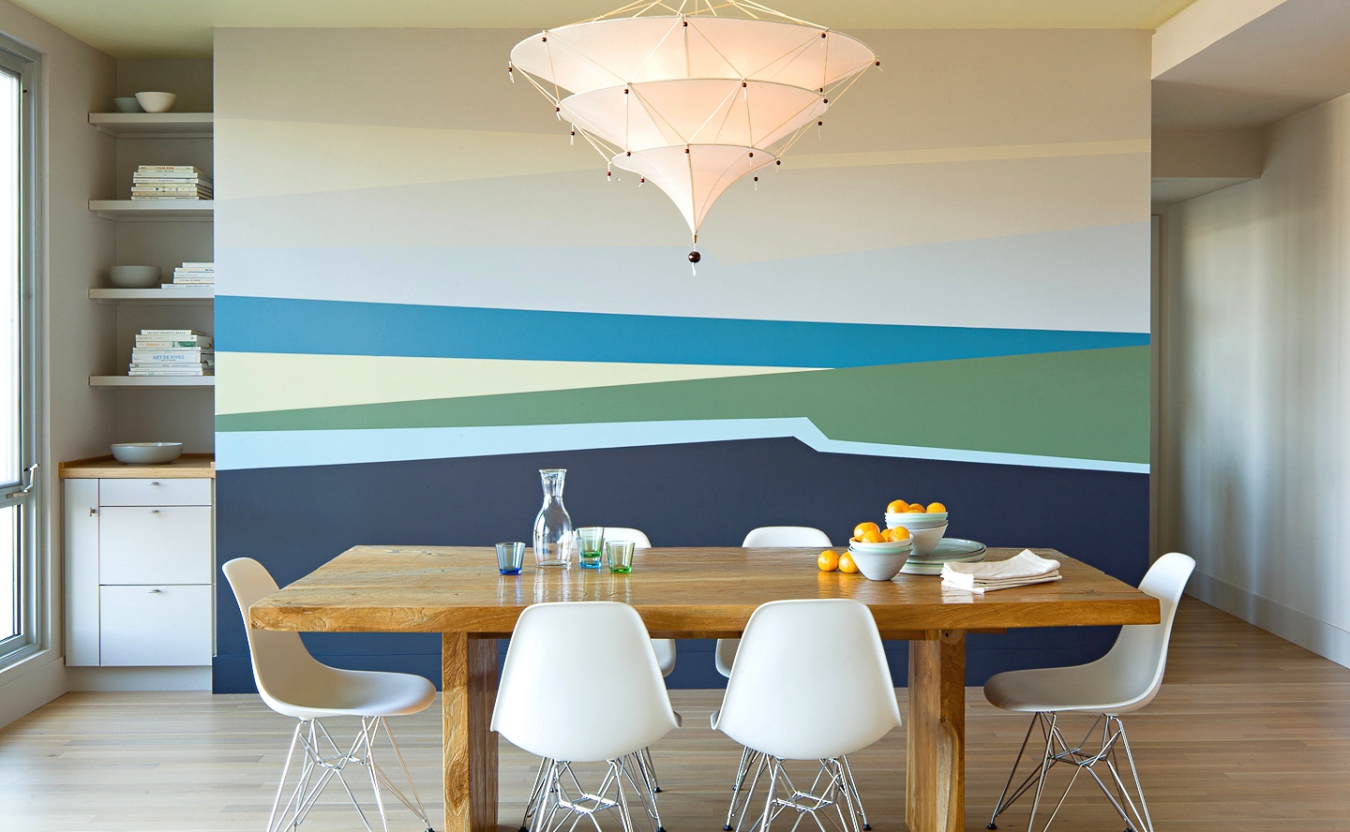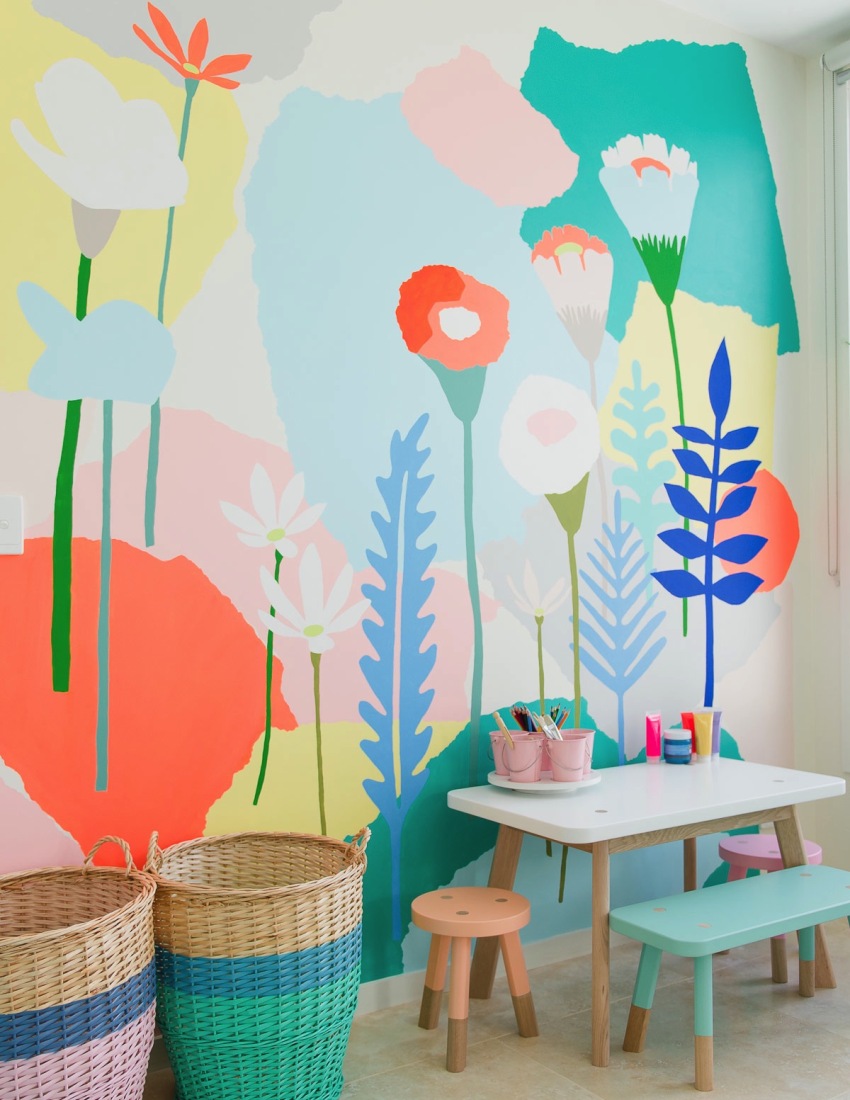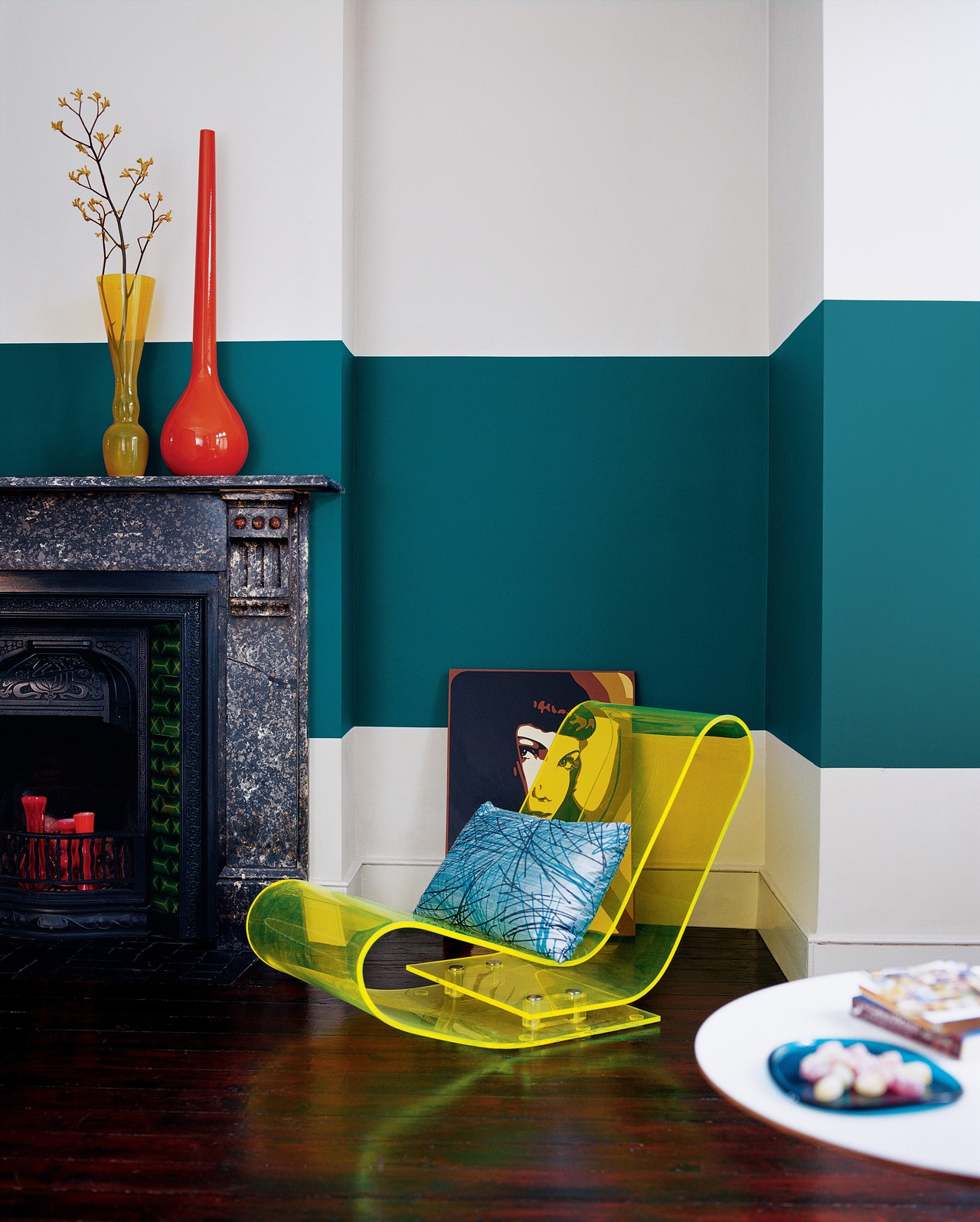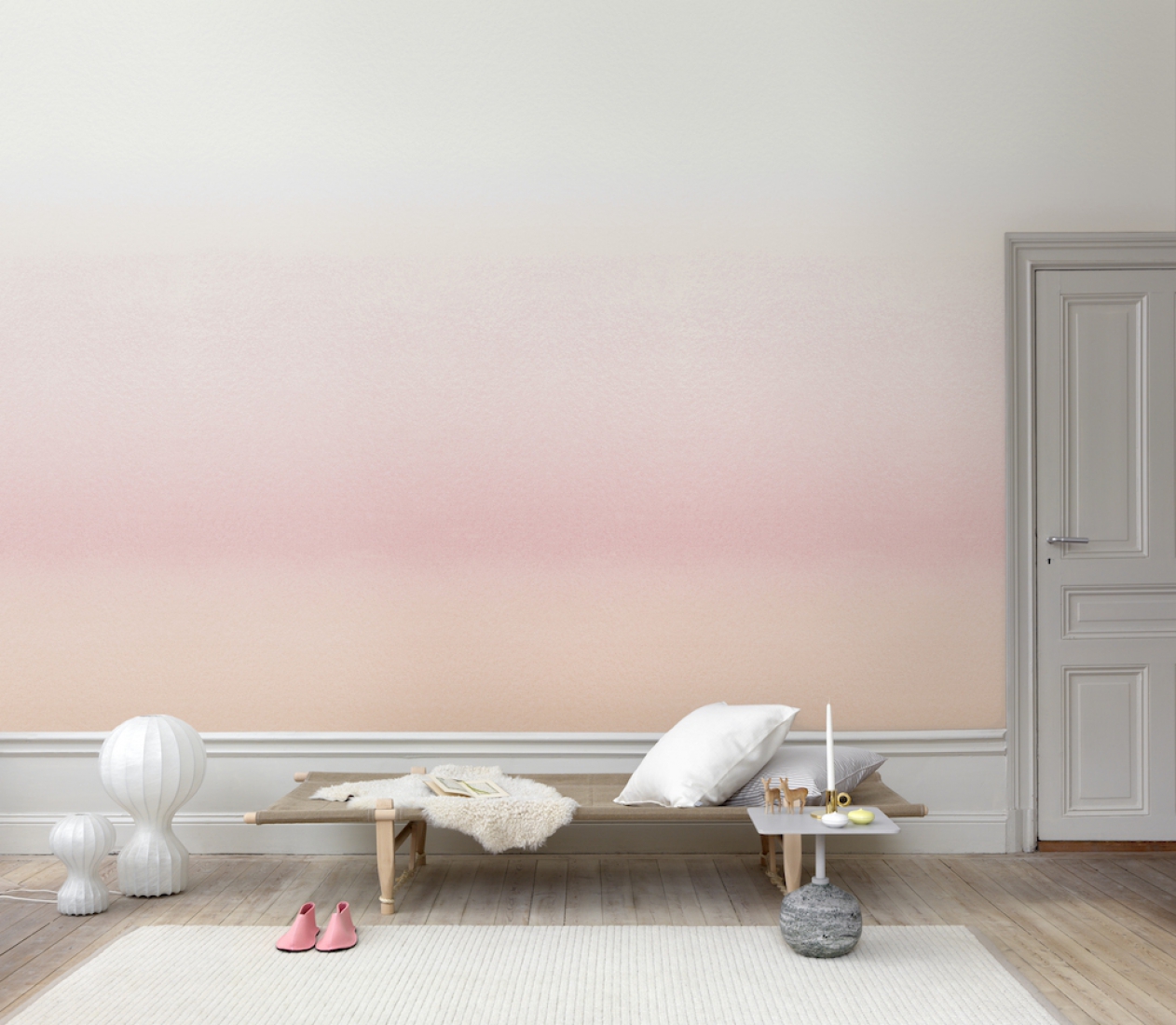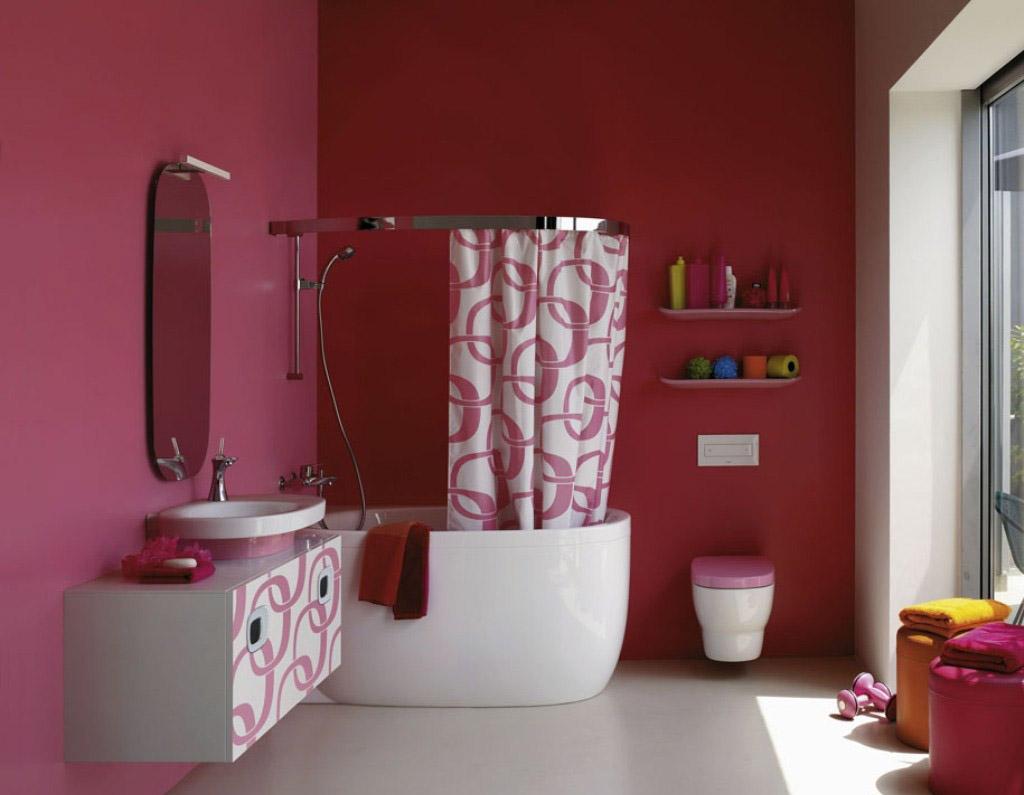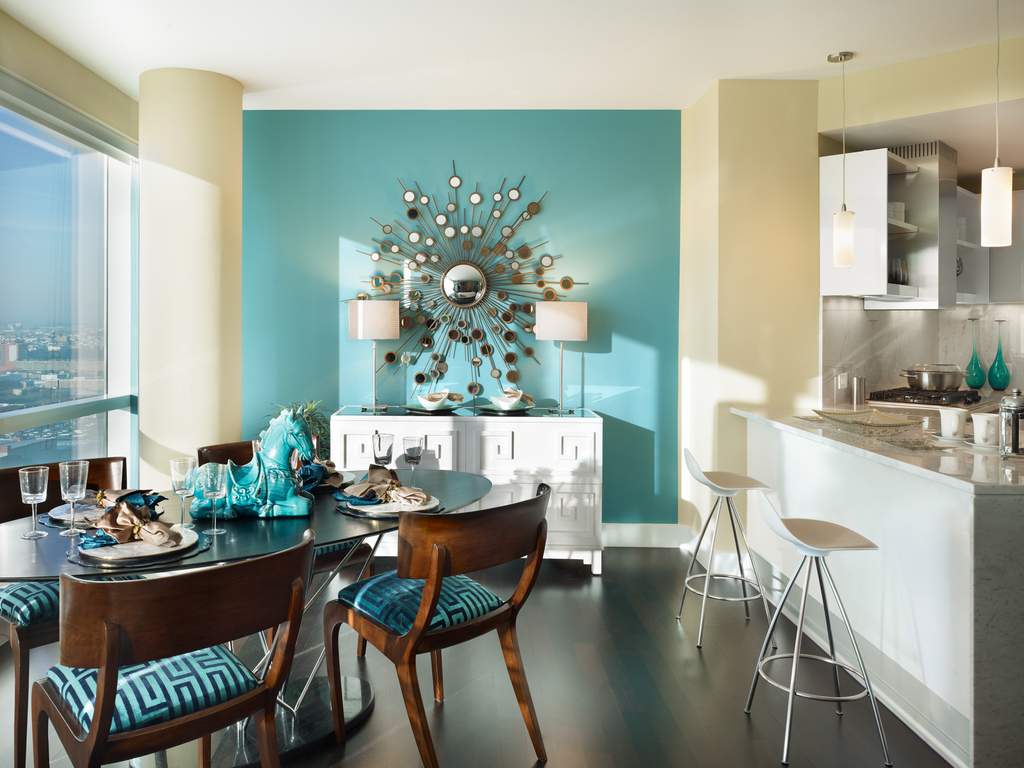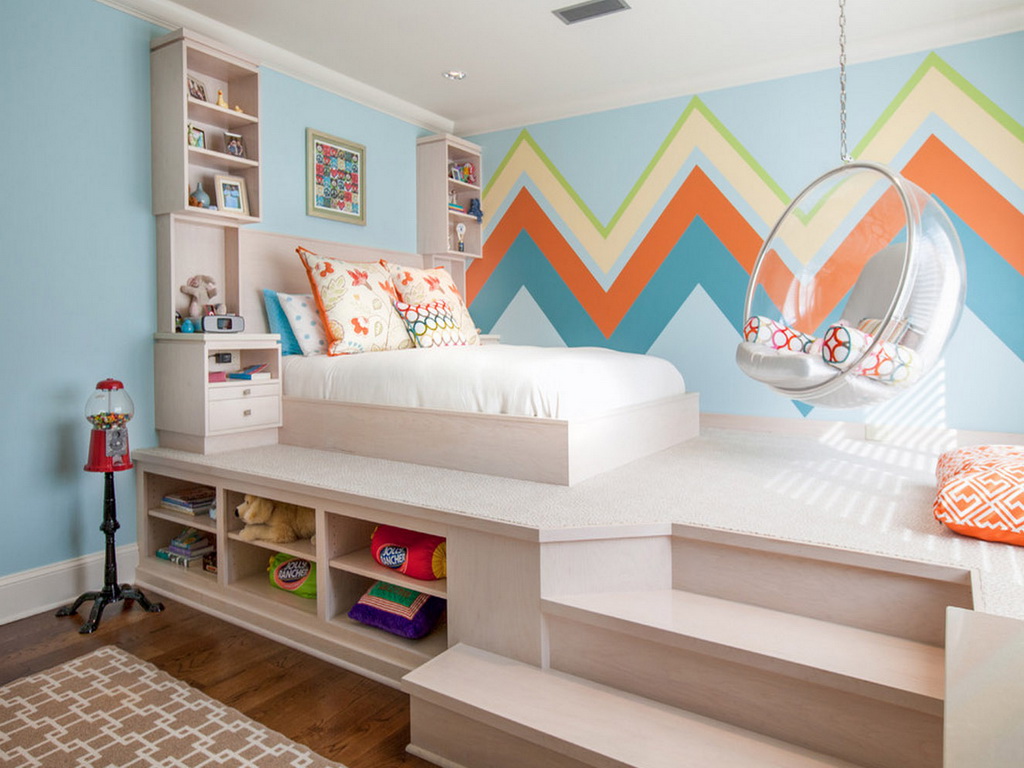How to paint walls without stains: small tricks
Content
Painting the walls on your own is a great creative work to realize your fantasies and create coziness in the house. Painted surfaces - it is convenient if they get dirty, you can safely wash them. Even with mechanical damage, you can always paint over the damaged part of the wall.
How to paint the walls in the apartment with your own hands? It is important to properly prepare the surface and follow a certain sequence. Before you start painting, make sure that you have purchased the necessary coloring tools and materials.
What paint to choose
The most common are alkyd paints and water emulsions.
Water based paints include:
- Acrylic - well cover the walls, very resistant, without an unpleasant odor;
- Vinyl - give the walls a pleasant matte shade, combined with various types of surfaces. Disadvantages: water vapor is poorly permeable, and the surfaces coated with them are easily contaminated;
- Acrylic-vinyl paints - have the properties of the two previous types;
- Latex - very durable, have excellent coating characteristics, dry quickly. Disadvantage: characteristic odor;
- Acrylic-latex - very durable, they are used for painting rooms with high humidity. Ideal for corridors and landings.
Usually water colors are white. To get different colors, they add color.
Some prefer mineral water-dispersion emulsions. They are:
- Limestone (based on slaked lime) —the surfaces painted by them cannot be washed, so now they are rarely used, although they have a budget price;
- Silicate (based on lime and liquid potash glass). The coating is resistant, easy to clean and has a vapor permeability. These paints are more often used for painting facades;
- Cement (binder - cement). Get a resistant coating, but the color quickly fades.
A separate group is made up of alkyd enamel paints. Unlike aqueous emulsions, they are diluted with acetone or special solvents. These paints perfectly hide spots. Usually they paint wooden walls. These include:
- Oil or chlorinated rubber paints. The coatings are durable, shiny and washable.
- Acrylic enamels - resistant to abrasion, allow the walls to "breathe".
- Structural - these are innovative paints, they give the walls a decorative texture. For applying a thick, plastic mass, special tools are used. These paints allow you to realize any decoration idea.
Preparing walls for painting
Proper preparation allows you to paint the internal walls without stains and to avoid mistakes that may require several hours of tedious cleaning. Also, preparatory work helps to ensure the quality and durability of the painted coating.
How to paint the walls with water-based paint? First prepare the room for repair. Take out all the decorative objects, remove the curtains. Ideally, it is better to remove the sockets, switches, handles and locks from the doors, or to mask them.
Furniture can not be taken out, but simply move away from the walls and cover. Cover the floor with paper or plastic wrap.
Here are some key steps you need to take when preparing your walls for painting:
- First clean the wall surface. Use a stiff brush to remove drops and splashes of the plaster. New and raw stucco may have alkalis, so paints that are based on a solvent cannot be used. This applies to all types of walls.
- If the surface is repainted, then carefully scrape off the exfoliated layer of paint and putty the resulting bumps.
- Then smooth the surface with fine sandpaper.
- Prime the entire wall completely to get a smooth surface without matte stains on the treated areas.
- The previously painted wall, which is in good condition, can simply be washed or vacuumed.
If you decide to paint the wallpaper, check how firmly they are glued. If they do not lag behind the wall anywhere, painting over wallpaper is allowed.
Before painting the wall, it is necessary to dry it as best as possible. After you have completely prepared the wall and room, you can start painting the walls.
Paint preparation
Before use, paint is thoroughly mixed. You can use an electric drill for this. Acrylic paints are usually sold thick, before applying the first coat they can be diluted with clean water. Information on the necessary proportions can be found on the packaging of this paint.
Pour the finished paint into a bucket or paint tray. If paint remains in the can, carefully close the can so that the paint does not dry.
Choose paints only for interior use, because the house must be environmentally friendly. Information on the consumption and the required number of layers, the drying time of the paint is on the packaging.
How to paint the walls with a roller
If you decide to apply paint with a roller, first paint with a brush near sockets and switches, behind batteries and at baseboards. Install a wire mesh on the bucket, with it you can remove excess paint. The paint tray already has a ribbed part, after immersing the roller in the paint, swipe it up and down the ribbed part of the tray, this will help remove excess paint and achieve uniform distribution. How to paint a concrete wall? Wall painting begins from the windows, and ends near the doors. To paint the walls with water-based paint without stains, alternately draw vertical and horizontal stripes with a roller. The roller evenly adheres to the plane and distributes the paint itself.
For painting walls with water-based paints, a felt roller is most suitable. If you are using a new roller, roll it along the sticky side of the adhesive tape to clear it of lint.
How to paint brick walls
Whitewashed brick walls have become a popular and trendy interior decoration. How to paint a brick wall? When staining it, consider several important details:
- Clean the surface with a wire brush and wash the wall with soapy water. For all moisture to come out of the pores, you will have to wait at least a week.
- Putty large flaws.
- Choose a paint: Acrylic or oil paints are good for painting bricks.
- Prime the brick wall, select the primer according to the choice of paint. Apply a primer in a thick layer. Do not start painting until it is completely dry and creates a durable water-repellent film.
Experts recommend painting a brick wall with a brush. The direction of coloring is horizontal. You can also paint with a roller to get the fashionable effect of a carelessly rolled layer.
To obtain the effect of the old masonry, it is recommended to apply paint with a sponge. Using a sponge, stains of contrasting color can be added to the wall.
Painting the walls in the bathroom
A bathroom with painted walls looks beautiful, but because of the high humidity, painting the walls of the bathroom requires special attention.How to paint the walls in the bathroom? It is important to choose the right paint suitable for painting walls in damp rooms and eliminate dampness and fungus.
In such places there is always a reason for waterlogging, which must be eliminated before the start of painting. The presence of mold or fungus on the walls may be due to constant smudges or due to the lack of proper ventilation in the room, as well as due to hydraulic problems.
You can use a sponge, cloth, or brush to remove mold. After machining, thoroughly dry this place and treat it with an antiseptic. Make future free circulation of air in the bathroom so that the mold does not reappear. To paint the walls in the bathroom with your own hands is better with a roller.
Painting the walls in the kitchen
How to paint the walls in the kitchen? The best paint for the walls of the kitchen, which does not wash off for a long time and is easy to clean. Kitchens, like bathrooms, are fogged up quite quickly, so it is better to paint them with latex or acrylic-latex paints, which perfectly resist moisture and grease, and are easy to clean. These paints absorb moisture well and prevent mold.
Walls are painted with alkyd, if you want the glossy shine of the walls. They are not afraid of excessive humidity, but when they dry out they emit an unpleasant odor, so they can only be painted in a well-ventilated area.
Painting walls in the nursery
How to paint the walls in the nursery? For the children's room you need to choose the right water-based paint with the marking on the KID packaging or “for children's rooms”. They are very convenient to use, quickly applied to any surface, absolutely environmentally friendly and non-toxic.
If your child is allergic, buy special hypoallergenic paints, they include silver ions. The surface painted with such paints does not absorb pollution and has a bactericidal effect.
Knowing some tricks on how to properly paint walls indoors, you will be able to update your home and get results no worse than professional ones.
